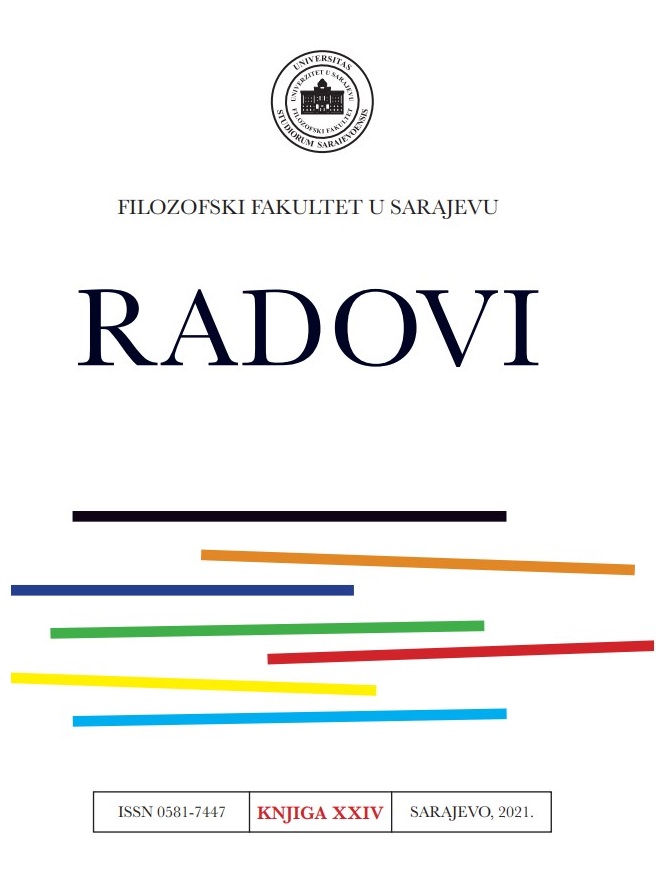Funktionen der bildenden Kunst im literarischen Werk E. T. A. Hoffmanns
The Functions of Fine Arts in the Literary Work of E. T. A. Hoffmann
Author(s): Anja OrozovićSubject(s): Studies of Literature, German Literature, Translation Studies
Published by: Filozofski fakultet Univerziteta u Sarajevu
Keywords: E. T. A. Hoffmann; Romanticism; intermediality; literature; painting;
Summary/Abstract: E. T. A. Hoffmann was a multi-talented artist who was not only known as a writer but as well as a composer and a draftsman. These talents can be noticed through various traces within his literary work. The references to the fine arts characterize Hoffmann’s entire oeuvre from the early to the late phase. The interest in certain artists and works, which Hoffmann adopted both in Dresden and during the Bamberg and Berlin periods, can be encountered through various references, especially within his narratives. The presented article includes three story collections: Fantasiestücke in Callots Manier,. Blätter aus dem Tagebuche eines reisenden Enthusiasten (1814/15), Nachtstücke (1816/17), and Die Serapionsbrüder (1819/21). It begins by referring to Hoffmann’s engagement with various artistic models, and then goes on to examine the traces of these encounters. The approach divides the references into four categories that within selected narratives reference to different features. Hoffmann not only relays on the traditionally painterly genres of fantasy and nocturne, but also attempts to transpose their characteristics into literature. The works of visual artists can serve as narrative prompts, or to shape the protagonist and landscape depictions. The above-mentioned references contribute to a better understanding of Hoffmann’s narrative work, both on the poetological level and on the level of content.
Journal: Radovi Filozofskog fakulteta u Sarajevu
- Issue Year: 24/2021
- Issue No: 1
- Page Range: 349-372
- Page Count: 24
- Language: German

